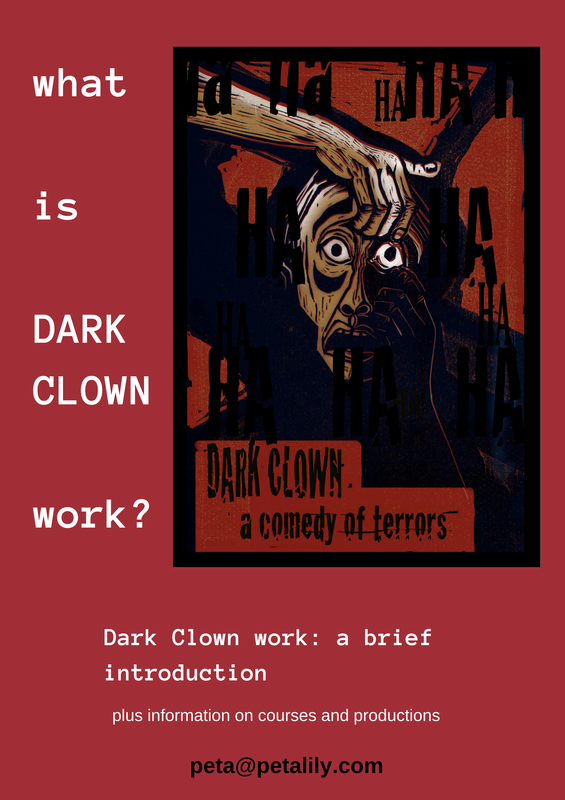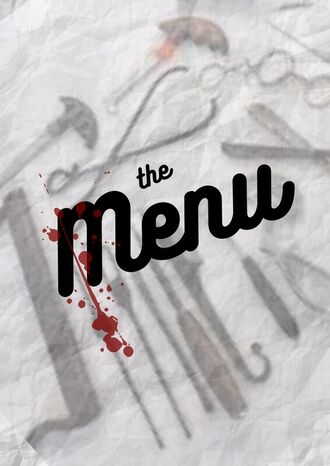
One of my Dark Clown scenarios is called 'The Menu' (subtitle, or 'For Her' - think of Don Draper-era gentleman ordering for his date).
Before we begin, some elements are put in place* – see below – but for a better reading experience I’ll get straight into the setup now.
It’s for two players (any gender).
Imaginary Circumstances: I invite the players to imagine they are two prisoners in an anonymous torture realm. They are put in the ghastly predicament of being forced to choose the day's torture for the other.
A loud voice (me, in the role of Controller): ‘The first prisoner will choose for their comrade. NOW!’
Prisoner One pants or grizzles with anxiety** Choices flash before their eyes, each one more horrific and problematic than the other.
Prisoner Two has the predicament of high-stakes uncertainty (I instruct frequent clocking of the other player – the head-turn of the clock acts like a laughter nudge).
Prisoner Two is aware that their fellow is in charge of their well-being (or rather, unwell being).
Prisoner Two is also aware that under duress (humans do not think well or kindly under duress).
(Both prisoners are also aware that is something is chosen that is not sufficiently dreadful, then something even worse will await them.)
Hesitations, false starts, stutters can all be used rhythmically.
Prisoner One finally chooses something.
Prisoner Two makes a yelp or other involuntary sound. Their job is to really imagine what that would feel like, and to make a sound of anticipating that pain (and indignity sometimes). I just did this on a recent workshop and the player whose partner announced ‘stoning’ – portrayed such shock. Her eyes widened ina compelling disbelief and something happened to her body almost as if she had just been stoned.
Two must then make a transition from this trauma, must somehow put this abomination aside because now they have something equally? more? dreadful to do. They must now choose a torture for ‘Prisoner One’.
Two is so distressed they cannot think (but the performer inside is making rhythmic sounds of distress to work the audience's laughing gear).
Perhaps they take too long (the delay is now excruciating for ‘Prisoner One’.
Perhaps the Controller yells: ‘Taking too long, Prisoner One, choose again!’
Problem for both of them. One’s reprieve is nothing in the face of having to again contemplate a torture choice for Two.
A squeal from number Two. The tension is held or ramping (perhaps the prisoners play a call response rhythm of contrasting sounds), stretching out the suspense for the audience.
Depending on the sensing of the impulse and the moment, perhaps at this point One shouts something very horrific (some maiming may be involved).
Or, perhaps ….
Prisoner One (coping with the stress and regret at having already traumatised his fellow, continues to painfully dither).
Unable to deal with the stress of waiting any longer to hear their own torture (and secretly, attending to the need to adjust the audience’s breathing with a softer timbre), Two might, from the corner of their mouth, begin to urgently whisper: 'Choose, choose something ... Just choose!' They have been forced in to the ghastly and absurd predicament of urging the other to name their next harming.
About two minutes playing-time is plenty for this exercise.
‘Thank you!’ I will say. ‘Well done, well done. Step out of it, everybody have a shimmy. Good work.’
In an in-person situation, I will ask the audience (the watchers of the exercise) to hug the players*** I also prompt the players to hug each other.
*Preparation for this exercise
Of course, there is the preliminary training leading up to this: bodies prepared, voices prepared, key comedy craft given, Dark Side Play on a number of the Marginalised Emotions, my talk on the aims, origin, inspirations and ethics of the work. The possibility (rare, but possible) of upset explained and normalised and Upset Procedure put in place.
For Red Nose Clown I transparently let people know that I may be speaking to them in the role of grumpy Clown Professor. I explain the source of this (the Lecoq/Gaulier pedagogy) and explain some of the many reasons for this: to help them feel some of the useful alertness that is useful for the clown, to keep them I the present moment, to stop them going into their hears or the future and theyebylosing contact with their flexible, expanded physicality and contact with their audience etc, etc. In the Dark Clown work, I explain that I will play the role of a Controller. I remind the watchers that they are to be themselves (although the Dark Clown player will be looking at them as if they are an invited audience in the torture facility, and responding to them from within that reality). I also let people know that I speak in tow voices - the Controller, but also in a voice where I am offering side-coaching in my role as course leader or feeding in text.
I put a pre-step in place where people name some types of torture. Sadly there are many. Humanity, it seems, just loves to inventively hurt its fellows. I suggest a number of methods I have researched.
I also check whether participants have any no go areas e.g. ‘You can do anything but don’t do anything to my teeth.’ Or ‘Anything, but nothing to do with fire.’ Consent is important and this step can take some stress off each player.
Always before beginning, and I put this in place when I work with Red Nose Clown too. I make it clear that a course participant is free to leave an exercise if they feel the wrong level of discomfort.
** see the previous post on this blog the importance of the players’ use of audible breath (among other things) as a way of working rhythm and keeping the audiences’s laughing gear ready and flexible.
*** At the start of the Dark Clown section of the work, I give a recommendation for hugging, it helps to soothe the adrenal system. I also acknowledge that those who are hug-averse can offer a bow with hand gesture of thanks instead. I also lead the whole group periodically with an adrenal soothing exercise from Donna Eden’s Energy Medicine work.
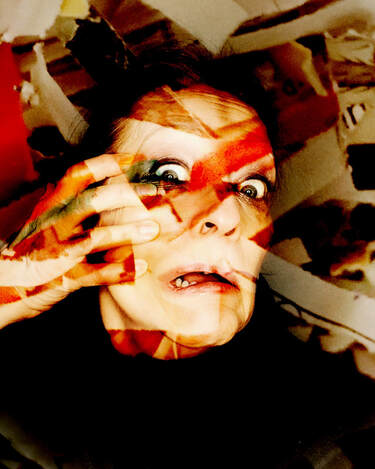
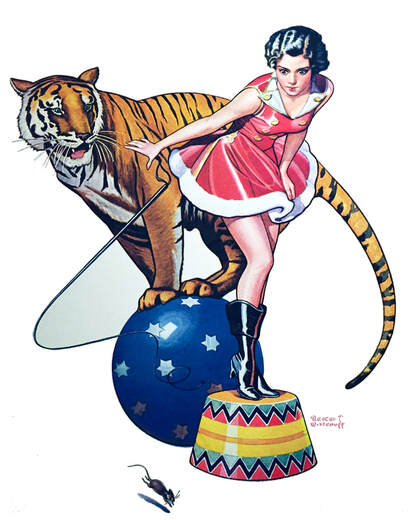
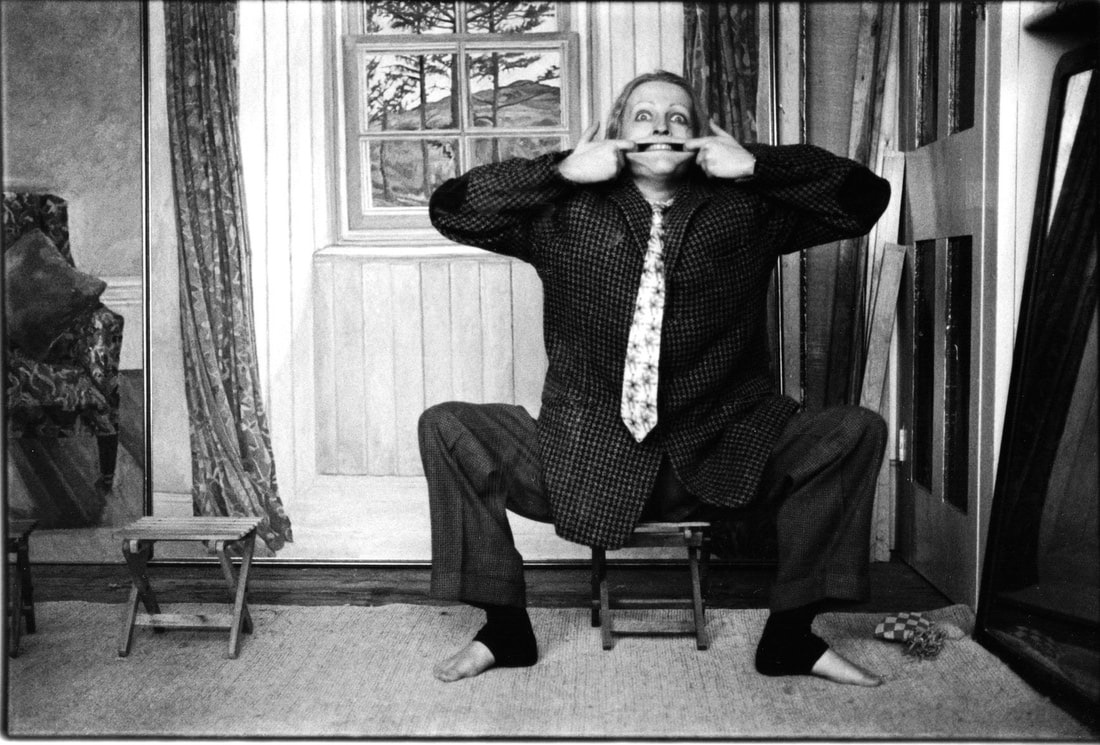
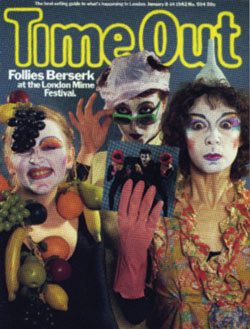
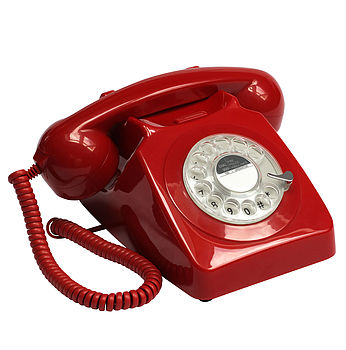
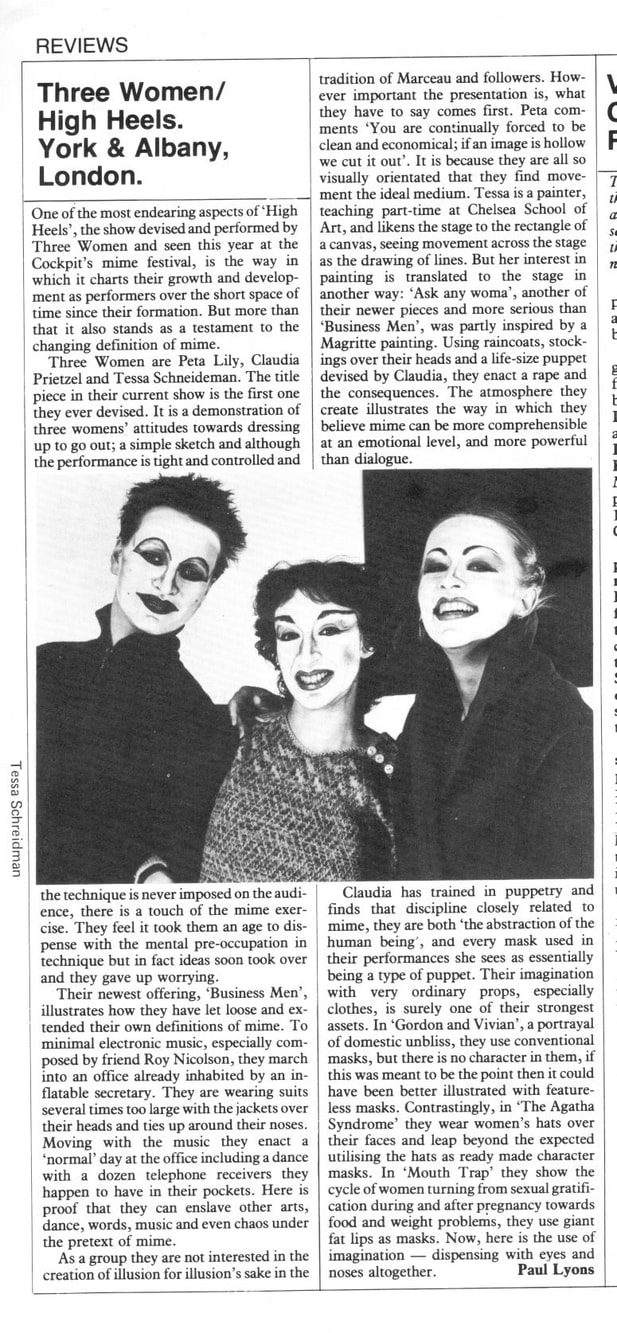

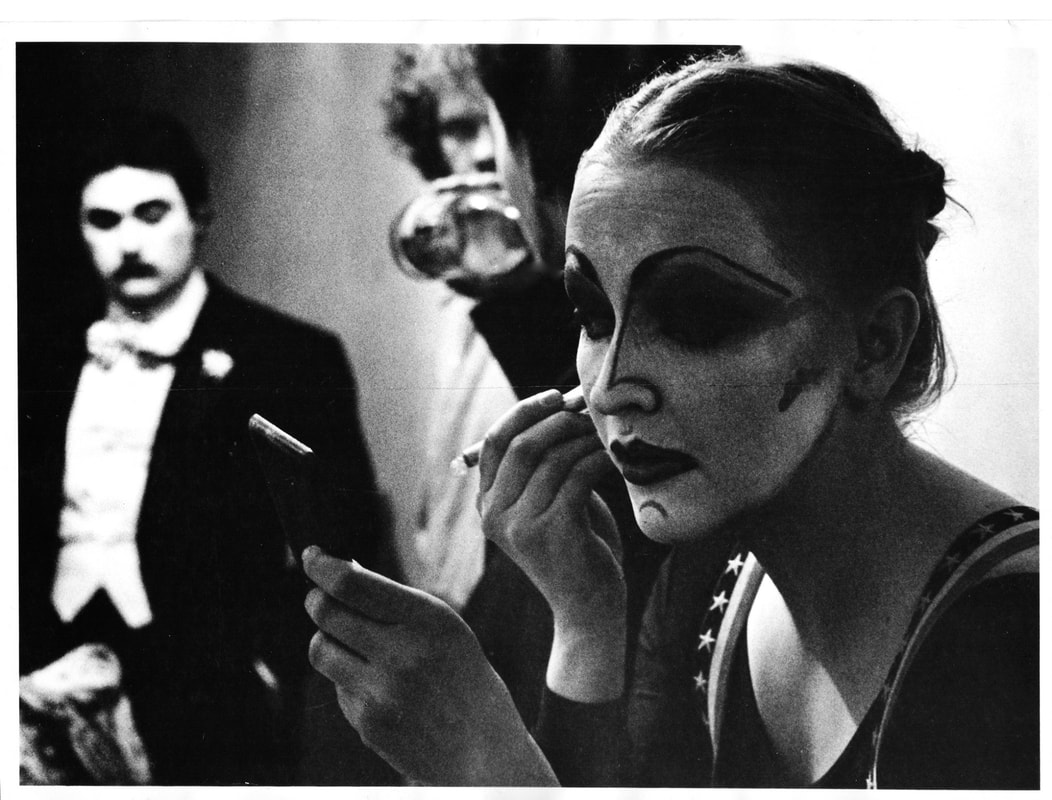
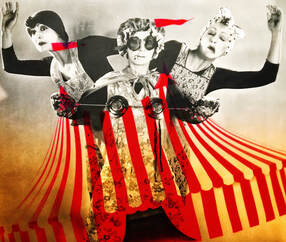
 RSS Feed
RSS Feed
